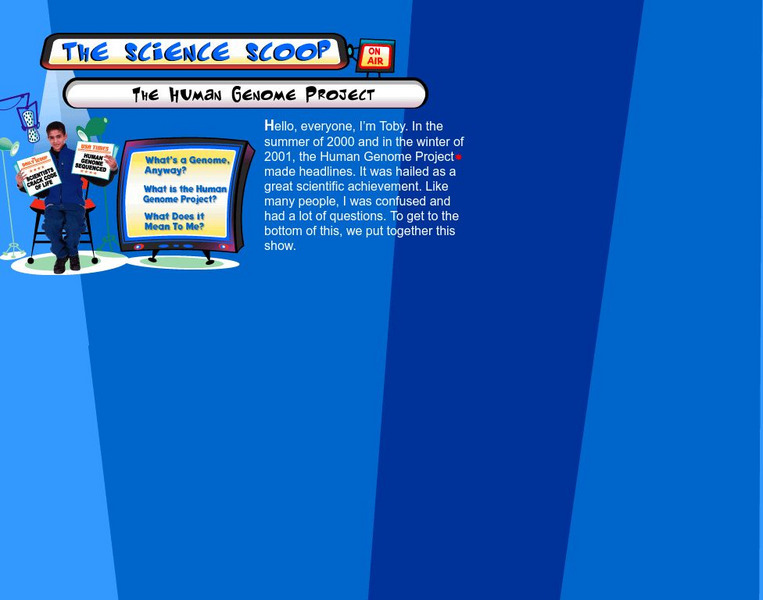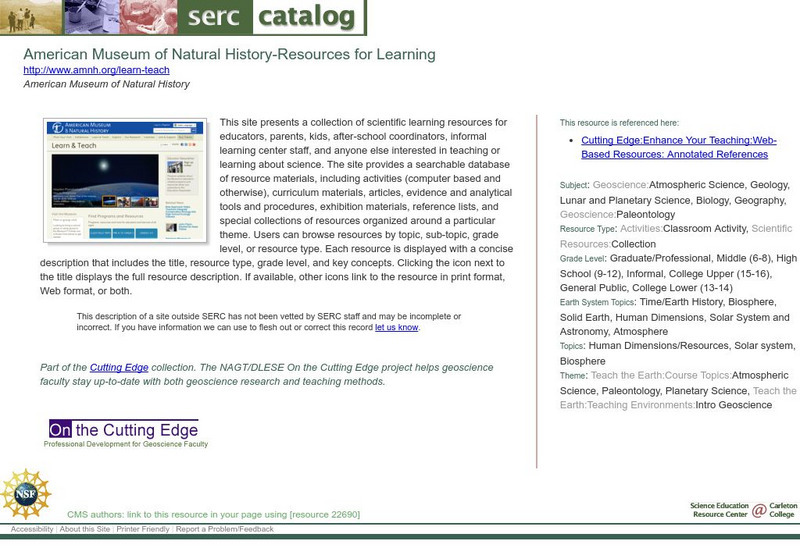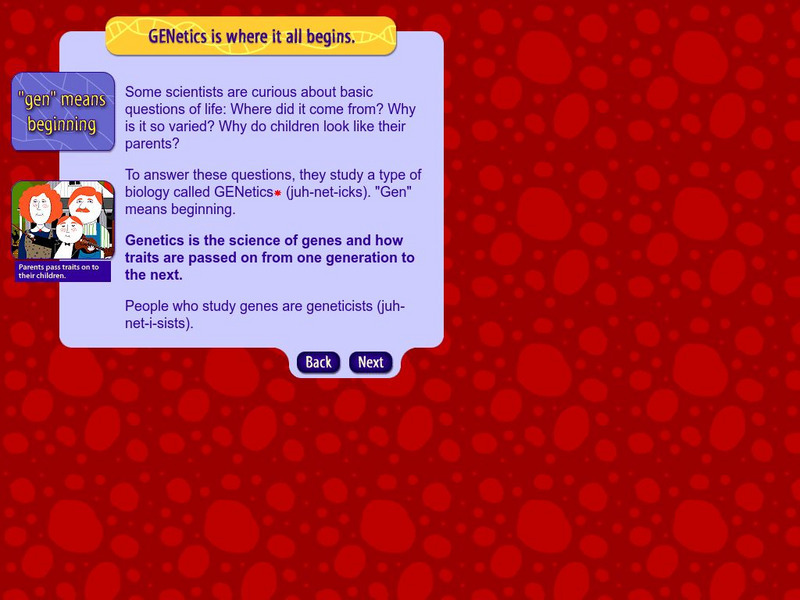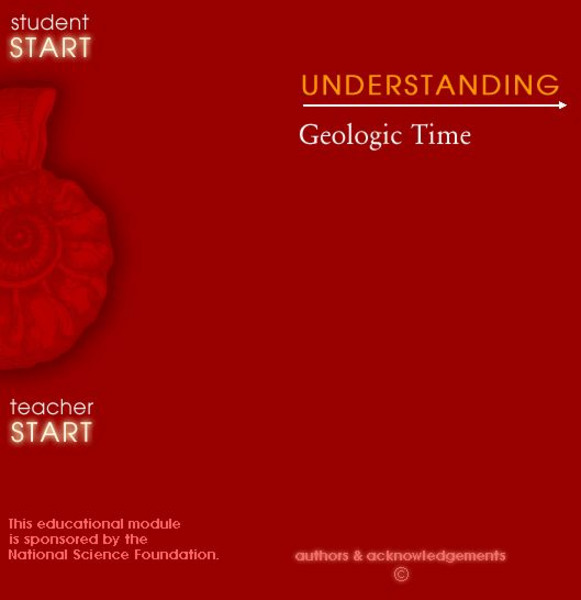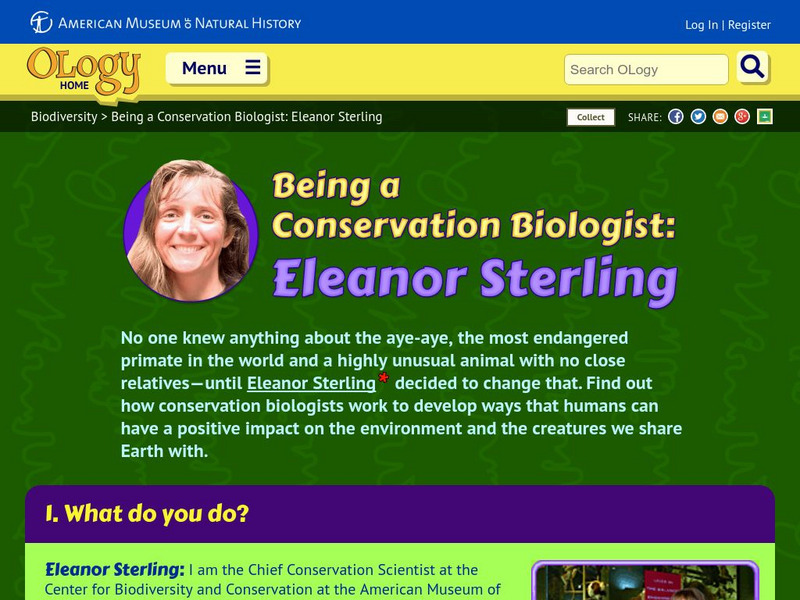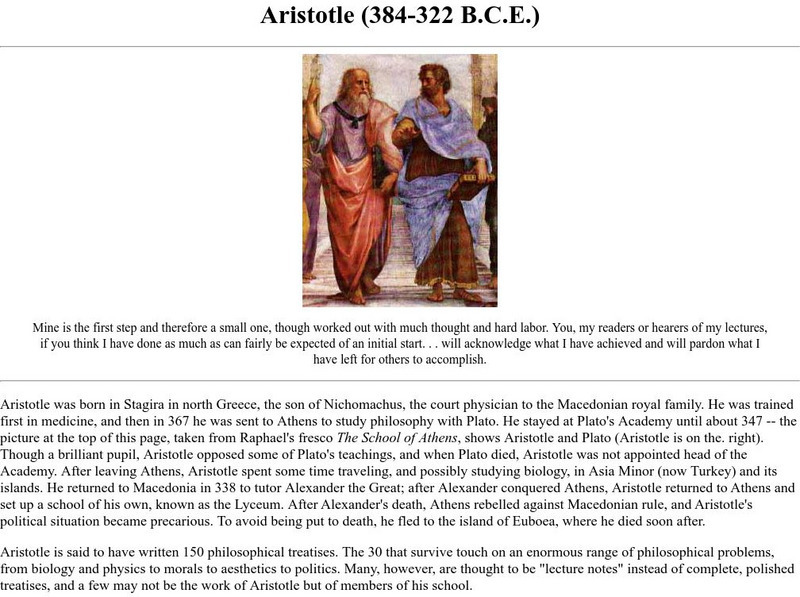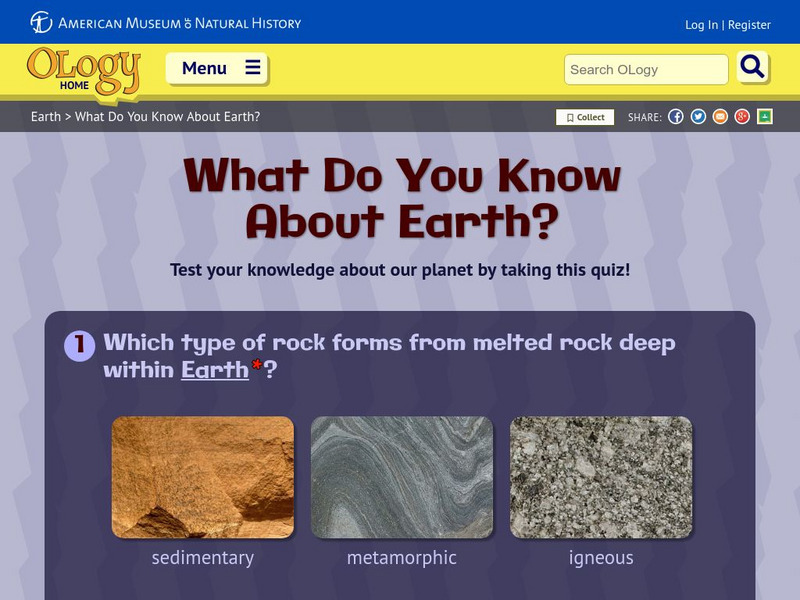American Museum of Natural History
American Museum of Natural History: Profile: Dr. Charles Liu
A biography of Dr. Charles Liu, an astrophysicist at the American Museum of Natural History focused on his drive to become an astrophysicist.
American Museum of Natural History
American Museum of Natural History: Earthquakes O Logy Card
This interactive OLogy card defines earthquakes, provides fast facts about them, and lets you test your knowledge of earthquakes with fact-or-fiction questions.
American Museum of Natural History
American Museum of Natural History: O Logy: Human Genome Project
Get the science scoop on the Human Genome Project by considering the answers to these three questions: What is a genome? What is the Human Genome Project? What does it mean to me?
Science Education Resource Center at Carleton College
Serc: American Museum of Natural History Resources for Learning
This site presents a collection of scientific learning resources for educators, parents, kids, after-school coordinators, informal learning center staff, and anyone else interested in teaching or learning about science. The site provides...
Smithsonian Institution
National Museum of Natural History: Department of Mineral Sciences Collections
Search the database of the Smithsonian's National Museum of Natural History for gems & minerals, meteorites with images, or petrology & volcanology.
American Museum of Natural History
American Museum of Natural History: O Logy: What's the Big Idea? Astronomy
An introduction to key concepts about the science of astronomy. With interactive flash cards that open in new windows to help you learn more.
American Museum of Natural History
American Museum of Natural History: O Logy: What's the Big Idea? Genetics
Find an overview of genetics--the science of genes--in a click-through series of short perspectives on the topic.
Other
National Nuclear Science Week
Here's a site dedicated to National Nuclear Science Week, Jan. 23-27, 2012. Sponsored by the National Museum of Nuclear Science & History, this special week is focused on all parts of nuclear science. You can find activities, lesson...
Natural History Museum
Natural History Museum: On Maggots and Murders: Forensic Entomology [Pdf]
Five-page article explains how forensic scientists, when investigating crimes, analyze maggots and blowflies to determine approximate times of death.
University of California
Ucmp: Understanding Geologic Time
A slideshow for teachers and students exploring Earth's geologic timeline and history. Click the buttons at left to select the teacher or student version.
Nobel Media AB
The Nobel Prize: The Nobel Prize in Physics 1905
This Nobel E-Museum website commemorates the work of Philipp von Lenard and his Nobel prize achievement. This detailed resource includes a biography, Lenard's Nobel Lecture, and the "The Nobel Prize in Physics 1905 Presentation Speech."
American Museum of Natural History
American Museum of Natural History: Conservation Biologist Eleanor Sterling
Interview with conservationist Eleanor Sterling provides insights into her research interests, her career preparation, and advice for kids interested in doing field investigations in biology.
University of California
Ucmp: Aristotle
The life and philosophical treatises of Aristotle (384-322 BCE) are surveyed, including his writings on biology, zoology and physics.
Smithsonian Institution
National Postal Museum: Art of the Stamp
This website chronicles the stamp designs of the past. There are images from the Arts, Stamps with a Story, Athletics, American History, The American Scene, American Legends, Love, Flora and Fauna, Norman Rockwell, Science and Technology...
American Museum of Natural History
American Museum of Natural History: O Logy: What Do You Know? Earth Science
Take a ten question quiz on the Earth's surface.
American Museum of Natural History
American Museum of Natural History: Five Tools and Processes for Translating the Ngss Into Instruction and Classroom
The Five Tools and Processes for Translating the NGSS are designed to help professional development leaders work with teachers on curriculum, instruction, and assessment as they achieve this vision. Click the link for each tool for an...
American Museum of Natural History
American Museum of Natural History: Ology: See the Light
Reflection, refraction, and the colors that make up white light is explored through lab activities after reading a brief background about light energy.
New York Times
New York Times: The Roanoke Island Colony: Lost, and Found?
[Free Registration/Login Required] The mystery of what happened to the Lost Colony of Roanoke has gripped imaginations for centuries. Now archaeology may be able to provide answers before long. This article describes the history of the...
Curated OER
National Park Service: Legends of Tuskegee
Exhibit documents the history and achievements of three key constituents of Tuskegee University: Booker T. Washington, who founded the university; the Tuskegee Airmen, the first African American flying squadron who trained there during...
National High Magnetic Field Laboratory
Magnet Academy: The Tesla Coil
What's behind the cool purple sparks? Neat science about resonance and transformers. Slideshow: [6:00]
American Museum of Natural History
American Museum of Natural History: Carl Sagan and the Quest for Life in the Universe
A brief biography of American astronomer and science advocate Carl Sagan.
National High Magnetic Field Laboratory
Magnet Academy: Electric Range 1892
From the Stone Age to today, the search is constantly underway for better, more efficient ways to cook food. Reflecting many of the advances in science and technology, the electric range has become a popular choice for homes and businesses.
Smithsonian Institution
Smithsonian Institution: Smithsonian Institution Archives
Online access to the archived collections of the Smithsonian that document the history of the Smithsonian and the history of American science, technology, each of the Smithsonian's member museums. With an online forum where you can ask...
American Museum of Natural History
American Museum of Natural History: O Logy: Stuff to Do: Dna in a Blender
Follow these illustrated instructions to conduct a simple experiment in separating DNA from an onion!


